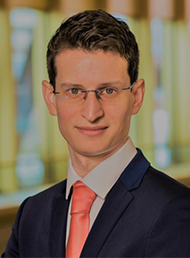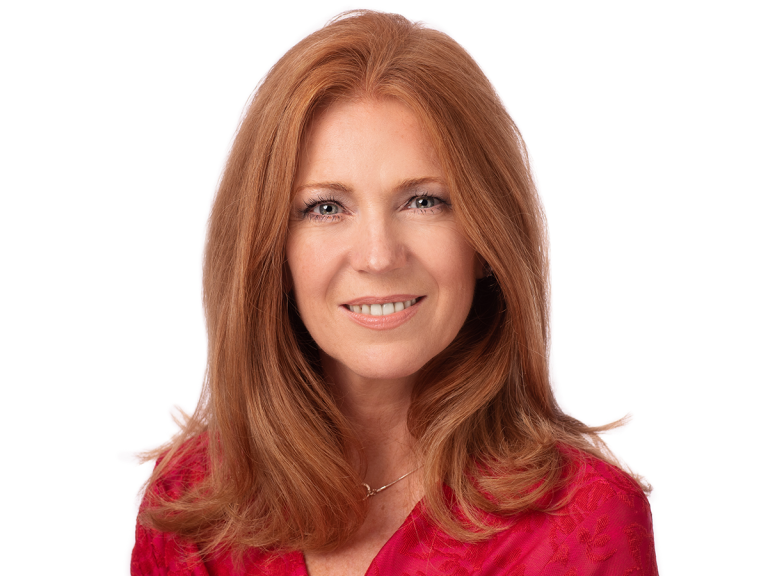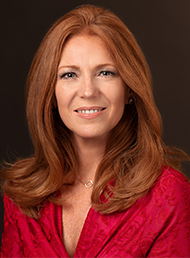

After the French government passed legislation at the end of 2022 which paved the way for a new captive regulatory regime, in June 2023 further details were published concerning the equalisation provision available to reinsurance captives established in the country. EY’s Hicham Mazouz and François Messner examine the differences between the French and Luxembourg captive regulatory environments and, in particular, the respective equalisation provisions.
The captive reinsurance market has long been on the lookout for the introduction of a dedicated French regulatory framework, with the legitimate fears it could raise for the reinsurance captive market in Luxembourg.
After several delays, the French legislator finally introduced a new regulatory system in 2023 tailored for the reinsurance captive and inspired by the regulatory framework in Luxembourg.
Up until early 2023 when the new regulatory system was introduced, there were not more than a dozen reinsurance captives domiciled in France. Even so, the jurisdiction is now keen to create an environment conducive to the repatriation of reinsurance captives belonging to French groups and domiciled abroad.
The idea was that the regulatory system should also provide a risk management solution to other groups, helping them navigate the challenges of rising insurance costs, coverage limits or risks that are increasingly difficult to insure.
In this article, we will delve into the key distinctions between the French and Luxembourg regulatory frameworks for reinsurance captives and whether they spell the end for the French captive market in Luxembourg.
Luxembourg – a hub for reinsurance captives
With around 200 active reinsurance entities, Luxembourg is undoubtedly a preferred jurisdiction for the domiciliation of reinsurance captives, for a few reasons: the stable economy, regulatory and tax environment, a rich ecosystem and regulatory constraints that are tailored to the complexity of reinsurance captives.
All those factors have enabled the growth of the Luxembourg captive market over the past decades.
The French reinsurance framework and its implication
The French Finance Law of 2023 (Law No. 2022-1726), as implemented by the Decree 2023-449 of June 7, 2023, authorises reinsurance captives to recognise a tax-free provision called the “resilience provision”.
However, this provision is only available to captives belonging to a non-financial group and is limited to a specific number of risks listed in Article A. 344-2 of the French Insurance Code, which includes damage to professional and agricultural assets, natural disasters, general civil liability, pecuniary losses, damages and pecuniary losses resulting from cyberattacks and disruptions to information and communication systems, and transportation.
In addition, annual allocations to the resilience provision are limited to 90% of the technical result or 10 times the required minimum capital.
The provision must also be allocated, following the ageing of the annual allocations, to the overall compensation of the negative balance in the technical income statement that may arise in subsequent years for all corresponding risks.
Unutilized annual allocations within 15 years will be added back to the taxable profit in the sixteenth year after their recognition.
The French framework appears to be more restrictive than the Luxembourg one, as the latter allows for the use of such structures by all types of groups regardless of their activities, whether industrial, commercial or financial.
Additionally, for Luxembourg reinsurance captives, a license to operate is granted by the regulator for non-life reinsurance, life reinsurance, or any type of reinsurance activity without any limitations on risks falling within the scope of the equalization provision.
Another major difference is that, according to Luxembourg accounting and regulatory rules, the entire technical result can be allocated to the equalization provision as long as the ceiling has not been reached. Also, there is no time limit for the utilization of this provision.
Tax considerations
The regulatory differences between the French and Luxembourg regimes also translate into the corporate tax aspects. This should come as no surprise because both jurisdictions follow the same principle of linking the tax balance sheet to the accounting balance sheet when determining the taxable basis.
As a result, the additional restrictions in the French regime, both in terms of allocation ratio to the equalization provision and temporal limitations, have a more significant effect on the taxation of French captives.
Therefore, while the Luxembourg regime allows for a full allocation to the equalization provision (subject to ceiling conditions) and a symmetrical reduction of the taxable basis, the French regime only provides for an allocation of 90% of the technical result (or 10 times the minimum capital) as mentioned above, with the remaining balance falling into the French taxable basis.
The Luxembourg regime has an additional advantage in that it does not impose temporal limitations on the reintegration of the equalization provision. This creates de facto a deferral of taxation until the time of release of the said provision, which either occurs when the ceiling conditions are no longer met, or the captive ceases operations.
On the other hand, the French regime has specific timing constraints, imposing the reintegration of the equalization provision after a period of 15 years. This temporal restriction results in the systematic taxation of provisions that are released after the fifteenth fiscal year.
Looking ahead
The new French regime represents a significant development in the French market and the criterion of proximity is unlikely to go unnoticed by some French groups.
However, for groups that require greater flexibility or are simply unable to qualify for the French regime, Luxembourg offers a bespoke regulatory and fiscal environment, in addition to a stable and reassuring legislative framework.
Despite this local change, we should not lose sight of the international context characterized by the increasing weight of new regulations on tax compliance and transparency.
Indeed, while Luxembourg has established itself over time as a captive jurisdiction, the upcoming tax changes in 2024 for groups subject to the 15% minimum taxation rule, known as “BEPS Pillar 2”[1], cannot be overlooked.
In an environment where tax competition incentivized some jurisdictions in the past to provide more favorable regimes for captives by leveraging lower nominal tax rates, many will have to re-evaluate their approaches and align with new international standards. Although France and Luxembourg stand out due to their higher nominal tax rates and their specific tax regime, lingering uncertainties require market players to keep a watchful eye on the implementation of this new norm.
[1] OECD/G20 Base Erosion and Profit Shifting Project (Pillar Two)













